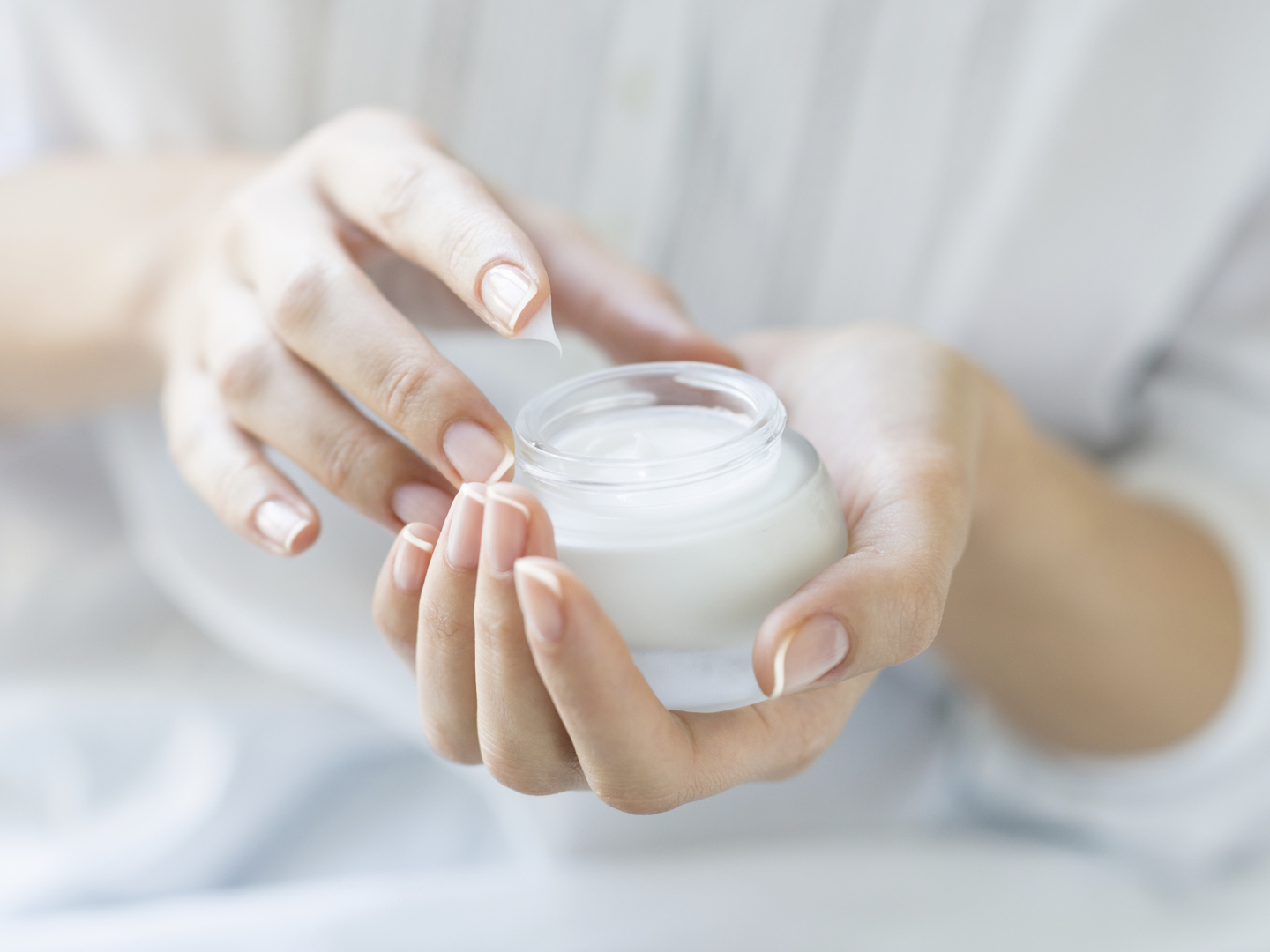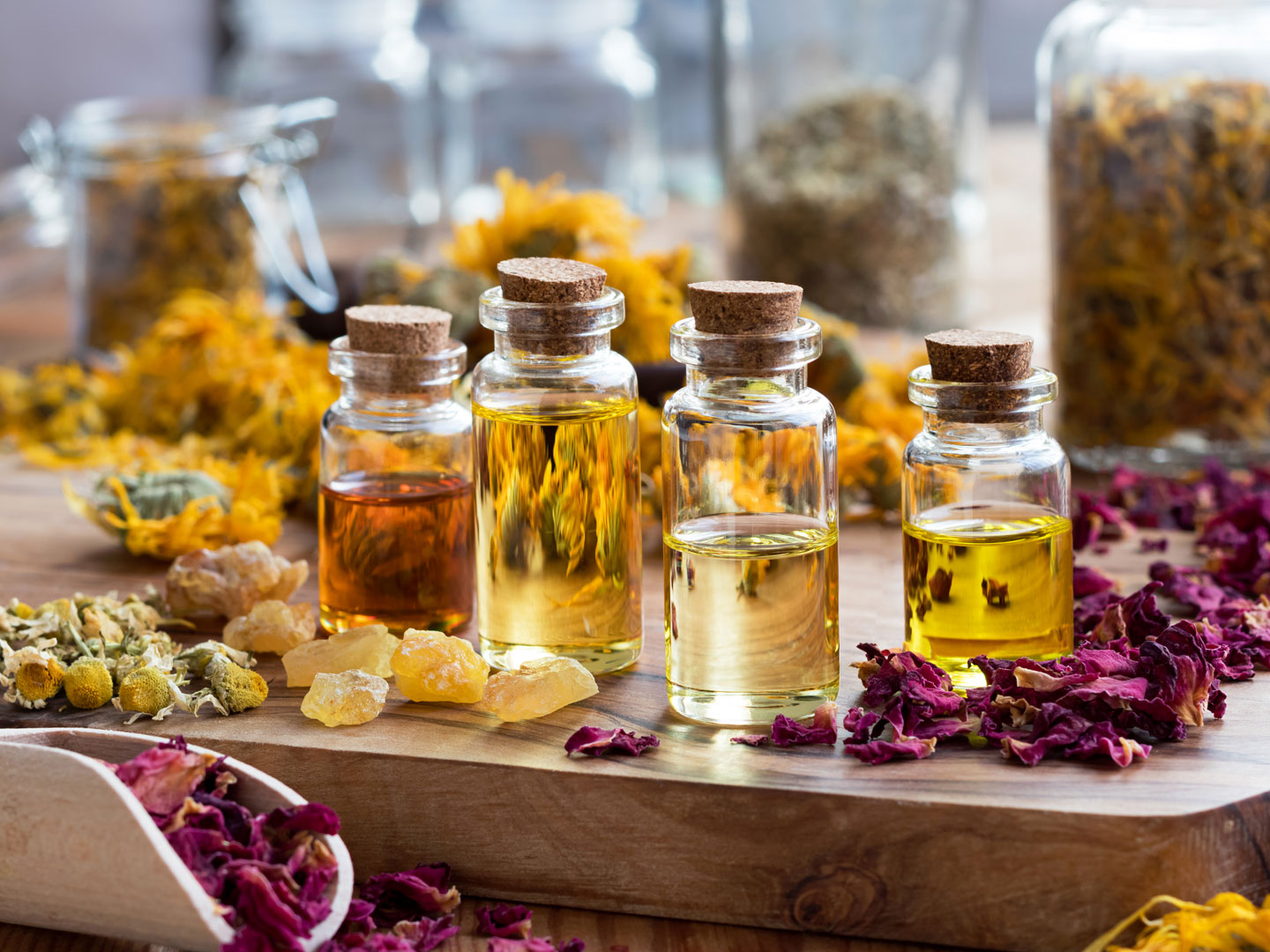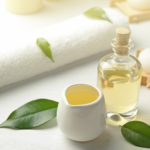Acne

What is acne?
Acne is a common inflammatory disorder of the skin’s sebaceous (oil-producing) glands.
What are the symptoms of acne?
Acne is characterized by skin lesions commonly known as blackheads, whiteheads, pimples and/or zits. Lesions usually occur on the face, neck, back chest and shoulders, but can appear anywhere on the skin. Most forms are more of an annoyance than a calamity, but rare forms such as cystic acne, characterized by large, painful lesions, can be quite painful and lead to disfigurement or scarring if not treated properly. All forms of acne are more common in adolescence and in males.
What are the causes of acne?
The principal cause of teenage acne is the hormonal upheavals that occur during adolescence, which can lead to over activity of oil glands in the dermal layer of the skin. The tendency to develop acne has a strong genetic component; parents who had or have acne tend to have children who develop the condition. Contrary to popular belief, such foods as chocolate and soda, or such popular teen foods as pizza and French fries, haven’t been linked to acne. However, at least one study suggests that dairy products, particularly skim milk, may play a role in acne outbreaks.
The study, reported in the February 2005 Journal of the American Academy of Dermatology, analyzed responses from more than 47,000 women participating in the national Nurses Health Study II. Researchers from Harvard asked the women about their consumption of dairy food when they were teens, particularly about the type of milk they drank, and whether they had experienced severe teenage acne. The women who drank more than three servings of any type of milk per day were 22 percent more likely to report having had severe acne than those who drank only one (or less) servings per week. Those who consumed two or more glasses of skim milk daily were 44 percent more likely to say that they had been diagnosed with severe acne as teenagers.
Other dairy foods that were associated with acne in this study include instant breakfast drinks, sherbet, cream cheese and cottage cheese. However, the researchers did not find as strong a link between whole or low-fat milk and acne.
These findings are not likely to be the last word on the subject. More studies will be needed to confirm the association between some dairy products, particularly skim milk, and acne. I’ve long advised parents to keep children off cow’s milk and other dairy products at an early age, especially if the family history includes allergies, asthma, bronchitis, sinus conditions, or autoimmunity. I also think that individuals with those conditions should eliminate dairy from their diets. The milk protein casein can irritate the immune system and thicken mucus secretions.
Some drugs, including steroids, lithium, and barbiturates, have been shown to cause acne. Some greasy cosmetics may clog the follicles and make the cells stick together. Friction caused by leaning on or rubbing the skin can also contribute to acne.
What are the conventional acne treatments?
The most common conventional skin care recommendation, which I endorse, is cleaning the skin regularly with soap and water as well as with the special acne formulas containing benzoyl peroxide. This is an excellent cleansing agent and the active ingredient of many lotions and creams, both over-the-counter and prescription varieties.
If the case is particularly severe, highly effective drugs, derivatives of vitamin A, are available for acne treatments, and in my view their use is sometimes warranted. Tretinoin (Retin-A) is a topical preparation, while isoretinoin (Accutane) is for internal use. These drugs are safe when used under the supervision of a dermatologist but should not be used casually because they can be irritating and toxic. Women taking Accutane must be careful not to become pregnant, since the drug can cause severe birth defects if taken during pregnancy.
What therapies does Dr. Weil recommend for acne and skin care?
- Don’t squeeze pimples – it can lead to scarring.
- Wash regularly with a mild glycerin soap. Don’t scrub your face, just wash gently and pat dry; scrubbing will only make matters worse.
- As a natural alternative to topical application of benzoyl peroxide, use calendula, commonly known as pot marigold. (It is not a true marigold.) Calendula is a popular ornamental plant that you can buy for your garden at most nurseries in the spring. Its bright orange flowers can be made into tinctures, lotions and creams. Try washing your skin with tea made from the flowers, or buy ready-to-use calendula skin products at health-food stores.
- You may also try washing with a five percent tea tree oil gel, also available at health food stores.
- Try consulting a Chinese medicine practitioner; Chinese herbal treatments, both topical and oral, can be very effective when used as acne treatments. One such treatment is astragalus (Astragalus membranaceous) from the root of a Chinese plant that can help fight chronic infections. The dose is two capsules or tablets twice a day unless the product label directs otherwise.
- Increase your consumption of antioxidant-rich foods, including fruits and vegetables.
- Include omega-3 fatty acids such as wild Alaskan salmon or freshly ground flaxseeds to help reduce and prevent inflammation.
- Drink lots of water to keep the skin hydrated and healthy.
- Limit processed and refined foods, and opt for whole, healthful foods instead.
- Don’t be afraid to eat a piece of dark chocolate now and then – there is no link between chocolate and acne, and dark chocolate actually has antioxidant benefits!
Read more about acne treatments and effective skin care by viewing Dr. Weil’s dermatology articles.













